Imagine sitting around a campfire with your friends, telling spooky stories. You’re really getting into it, and then as you gesture, passing your hand over the fire, it suddenly flares an otherworldly green, illuminating your face with an eerie light. Magic? No. Boric acid! Changing the color of fire is a dramatic, theatrical flair that can be easily accomplished with the right chemicals. But why does fire’s color change when you add chemicals?
How To Make Colored Fire

In order to understand how to make a fire colorful, you should understand some of the chemistry behind it. Basically, when you add chemicals to a fire, you’re adding thermal energy. When electrons absorb energy, they become excited and jump to higher energy levels farther from the nucleus.
But excited electrons don't stay in higher energy levels for long. They soon return to their original, lower energy levels. As they do, they release the extra energy they absorbed. This released energy comes out as light. The color of the light depends on how much energy is released. Different elements have electrons that release different amounts of energy when they return to lower energy levels. This means each element emits light at specific wavelengths, which correspond to specific colors.
The Chemicals That Make A Fire Colorful
The key to knowing how you change the color of fire is knowing what chemicals turn which colors. Pyrotechnicians, like the people who make fireworks, typically use metal salts for the dramatic effect. They may also add a chemical called a chlorine donor to make the color more intense.
Some common fire colorants include:
- Calcium chloride: Orange flames
- Sodium chloride (table salt): Yellow flames
- Boric acid: Bright green flames
- Lithium chloride: Pink flames
- Potassium chloride: Purple flames
- Copper sulfate: Turquoise flames
- Cobalt chloride: White flashes
- Strontium chloride: Bright crimson flames
Adding these chemicals to a fire at the same time can create a rainbow of flames, or you can add them one at a time for individual colors.
It’s important to remember that some of these chemicals can be toxic, so if you’re going to color your campfire, don’t cook s’mores over it! Save the flamboyant flames for the end of the night. However, the smoke itself is usually safe. Metal salts don’t actually burn in the flames; instead, they remain in the ashes, so be careful where you dispose of the soot. And always get your chemicals from a reputable science supplier!
Exploring Chemistry: Why Ask How Do You Change the Color of Fire?

Making colorful fire isn’t just a fun party trick– it’s actually an important part of chemistry. A metal flame test is a simple experiment used to identify certain metal ions based on the color they produce when heated in a flame. Remember, each metal emits light at specific wavelengths, which appear as different colors. By observing these colors, scientists can determine which metals are present in a sample.
If you’re interested in learning more about how do you change the color of fire and which chemicals can have this effect, great news– this is one of our favorite at-home science experiments, and we’ve included everything you need for it in our Quantum STEM Set! Or, you can shop our catalog of lab-grade chemical supplies and pick out the materials you need to make your next fire one to remember.
